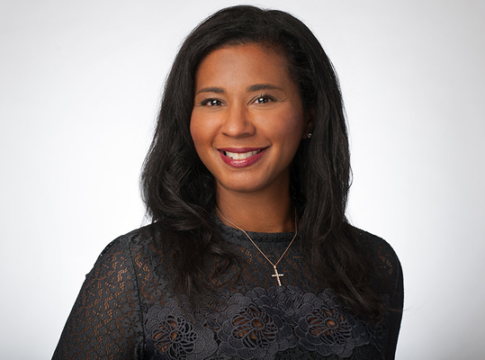When Jesus said (according to Matthew), “the poor you will always have with you,” he might have added, “and so too the debate about whether schools can educate them.” Paul Peterson has written one of the better essays on the seemingly interminable battle between those who believe that you have to cure the poor before you can educate them and those who believe that educating the poor will help cure poverty.
But there is some good news to report: The pendulum might be swinging, ever-so-slightly, toward the believers (in school).
First, Del Stover reports that a summer session of the Council on Urban Boards of Education (CUBE) concluded that “[t]ending to children’s social, emotional needs [is an] important part of delivering education.” It’s the “part of” part that is encouraging; the source of the problem of educating the poor may be outside the schools, but the solution is inside the schools. The CUBE seminar, according to Stover, included a presentation by Barbara Cavallo, head of Partnership with Children, a New York City social services agency. Cavallo described the many challenges (to learning, to life, to everything) faced by poor children—and what schools could do to overcome them. Cavallo’s counselors, according to Stover, “work with teachers and principals to develop a school-wide plan to create a safe and supportive school climate.”
And, according to Stover, the training is paying the kind of dividends that school reformers have long argued are quite possible:
A survey of the Partnership’s program found that school administrators reported a 25-percent decrease in students being referred to their office, and they said they spent about one-third less time on disciplinary matters.
What’s more, another study of similar programs nationwide found that schools that focused on social and emotional learning reported a noticeable bump in standardized test scores.
Next, Joe Nocera, in the New York Times, profiled Pamela Cantor’s Turnaround for Children program, also in New York City (and Washington, D.C.). Like Cavallo’s Partnership, Cantor’s Turnaround has been around for a while (there’s a nice endorsement from Joel Klein on the organization’s home page) and has taken up the reformers’ belief that schools can educate poor children if they understand how poor children learn. According to Nocera, Turnaround embeds a team of three professionals in a school for three to five years and focuses on three key players in the school:
Principals: “[C]reate a positive, disciplined culture, where students come to believe they can succeed.”
Teachers: Give them “tools…that will allow them to handle disruptions while keeping the other students on track.”
Social workers: “[T]rain the school social workers to help with the psychological and emotional needs of children in poverty, while identifying the most troubled students, the ones who can drive the entire school.”
There appears to be no research yet about the impact of the program, though Nocera cites “an independent evaluation by the American Institutes for Research, which showed that its schools had far fewer disruptions and were generally calmer, safer, indeed, happier places. But that same evaluation suggested that Turnaround needed to put more emphasis on improving the academic environment in the classroom.”
But at least, as Nocera reports, Cantor is showing “the importance of facing poverty squarely in schools.”
And this leads, finally, to a recent post by Richard Whitmire, author of the Michelle Rhee biography The Bee Eater, who used an ACLU suit in Michigan to review the question of whether schools can educate the poor. (See the Wall Street Journal’s excellent report about the district’s decision to “outsource” its schools to a charter management organization—a sign, at least, that the district believes that someone might be able to educate poor kids.) Whitmore notes that his research on high-poverty schools has found “many schools, and a few entire districts, that are head and shoulders above their counterparts.” Though he says that “[e]ven the best of these schools can’t replicate wealthy suburban schools,… [w]hat matters in places such as Washington and San Jose is that hundreds more students will arrive in their senior year of high school prepared to take on some kind of post-high school education.” Isn’t some progress better than none?
Let’s hope that these efforts—and their successes—will motivate more school leaders to believe that they can—and must—face poverty squarely, in the classroom. As Nocera concludes, “Creating schools that are designed from the start to deal with the predicable challenges of poverty—it is the most important thing we can do next.” Yes.
-Peter Meyer
This blog entry originally appeared on the Fordham Institute’s Board’s Eye View blog.
![]()




